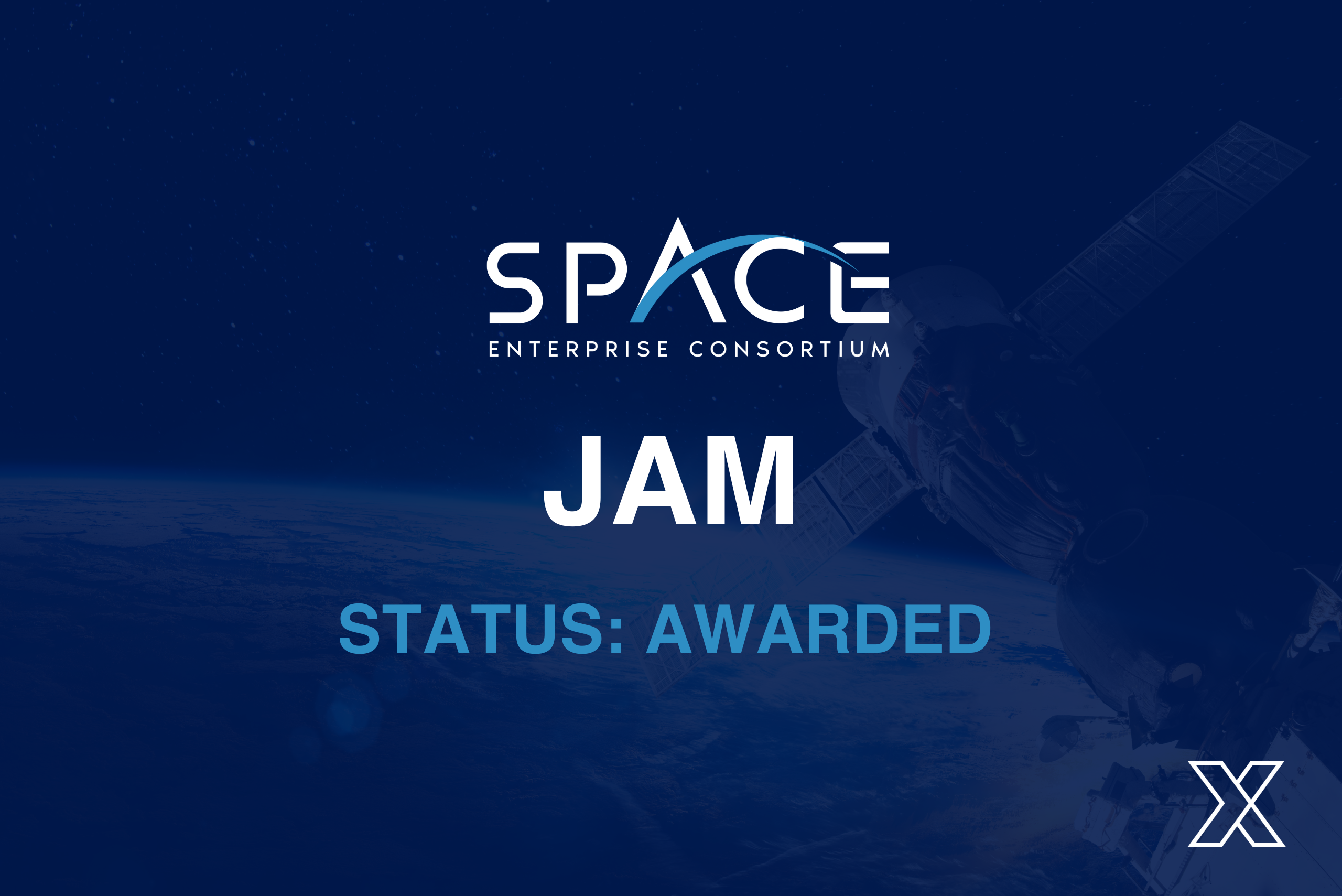The Future of Space is Powered by Dual Use Technology
March 10, 2023

Today, access to and use of space is no longer the prerogative of a few nations that are technologically capable of launching and operating a spacecraft. Space technology has become more accessible, cheaper, and far more capable.
We are witnessing a democratization of space, which brings with it the challenge of finding paths to continue maintaining American dominance in space. As Chinese launch rates increase exponentially, securing space technology by slow, outdated acquisition processes will not be enough for the United States to remain dominant in the space territory.
The Global Spread
Governments today are becoming the customers, rather than the providers, of space services. To provide our warfighters with rapid, accurate, and actionable ISTAR (intelligence, surveillance, target acquisition, and reconnaissance) data, the intelligence community, the Department of Defense, and other federal agencies are leveraging AI/ML and commercial geospatial intelligence resources, including satellite clusters equipped with advanced sensors and technology.
Satellites and other space technologies are becoming increasingly important for global economics and military operations. Their “dual use” nature means they can often be used for both civil and military purposes, including as part of anti-satellite (ASAT) capabilities. This not only triggers vital strategic and legal considerations but also confronts us with the prospect of ASAT attacks violating the Law of Armed Conflict by way of potentially targeting civilian infrastructure. However, a lot of countries are deploying ASAT weaponry (kinetic and non-kinetic alike) and establishing civilian technology that is equipped for an assortment of purposes, for example, on-orbit maintenance, refueling, or debris supervision (e.g., with the help of de-orbiting). This “dual use” conundrum may significantly impact space safety and security, strategic stability, and wider defense and protection of civilians on Earth. It presents several challenges from an international legal perspective, including arms control, non-proliferation, and the promotion of responsible space behaviors. In recent years, it has become apparent that defining a space weapon can be difficult, if not impossible.
The international array of commercially available technologies with potentially significant military applications threatens to complicate military balances and international security. Innovative technologies such as asteroid mining and nuclear thermal propulsion offer the prospect of a variety of military and civilian applications. Furthermore, other dual-use technologies can be used for things like monitoring, navigation, honing precision weaponry, as well as command, control, and communication.
The overall effectiveness of a nation’s military forces can be significantly boosted by these critical supporting technologies. The global increase of dual-use technologies raises several key questions, the primary one being: How might the growing commercial availability of dual-use weapons affect international security?
Clearly there is a need to develop new ‘rules of the road’ to enable continued access for commercial and civilian actors in space. As Neil deGrasse Tyson reminded us; ‘Space is not a magical place where somehow, suddenly, everybody is friendly.’ (Tyson and Lang, Accessory to War, 2018, p 382).
NSTXL seeks out startups across the U.S. who are developing dual-use hardware for further development and commercialization and aims to help close the gap between commercial and military technology.





